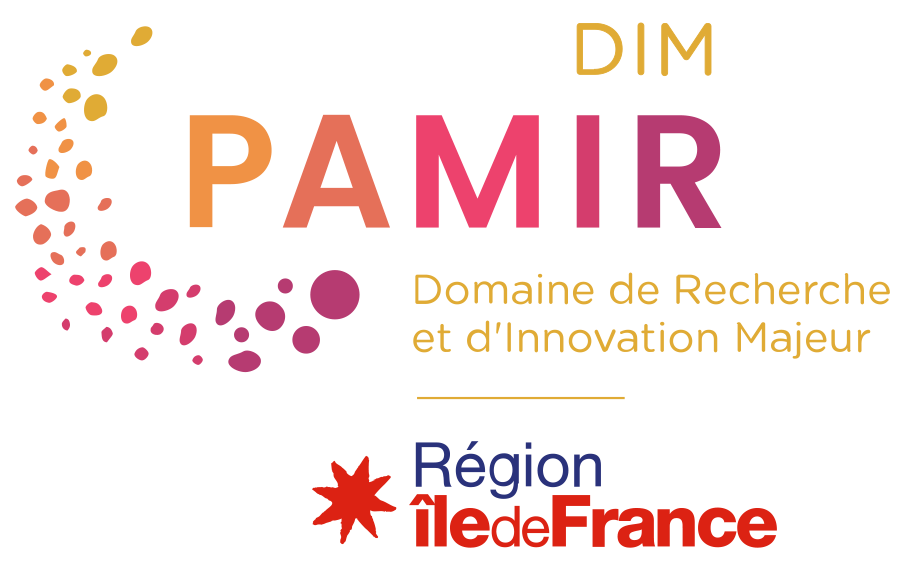
ARCH
Automatic Recognition and Classification of Historical masonry
Scientific responsibility :
- Arnaud Montabert
Methodological axes :
Thematic fields :
Disciplinary sectors :
Partnership :
Funding :
- DIM PAMIR
Project ID : IDF-DIM-PAMIR-2025-11-002
Summary :
The stratigraphic reading of a building’s elevations allows construction archaeology to trace its chronological evolution. It is based on two steps: 1) identifying construction techniques; 2) mapping these techniques on the elevations. Construction techniques are defined by the arrangement of masonry components (rubble stone, blocks, mortar, bricks, tiles). They can be distinguished based on the statistical distribution of various indicators: length, height, type of materials, etc. The classic method consists of measuring these indicators on a 1 m² sample. Mapping construction techniques then allows, under certain assumptions, the identification of coherent construction phases within an elevation. In this context, the use of image segmentation and clustering tools could facilitate these two operations and open up the possibility of integrating new parameters to refine the definition of Roman building techniques. This raises the question of the relevance of these tools in relation to the traditional identification method used by building archaeologists. Two approaches to analysing images of ancient masonry have recently been developed by the project leaders: segmentation based on deep learning algorithms (Fornaciari, 2025) and segmentation based on wavelets (Pelenc et al., 2023). The project aims to compare these approaches with traditional stratigraphic interpretation and to evaluate their respective performances. It is part of the Ma-Meson collaborative programme, which promotes the sharing of tools and expertise between the different members of the team (image processing and construction archaeology).

